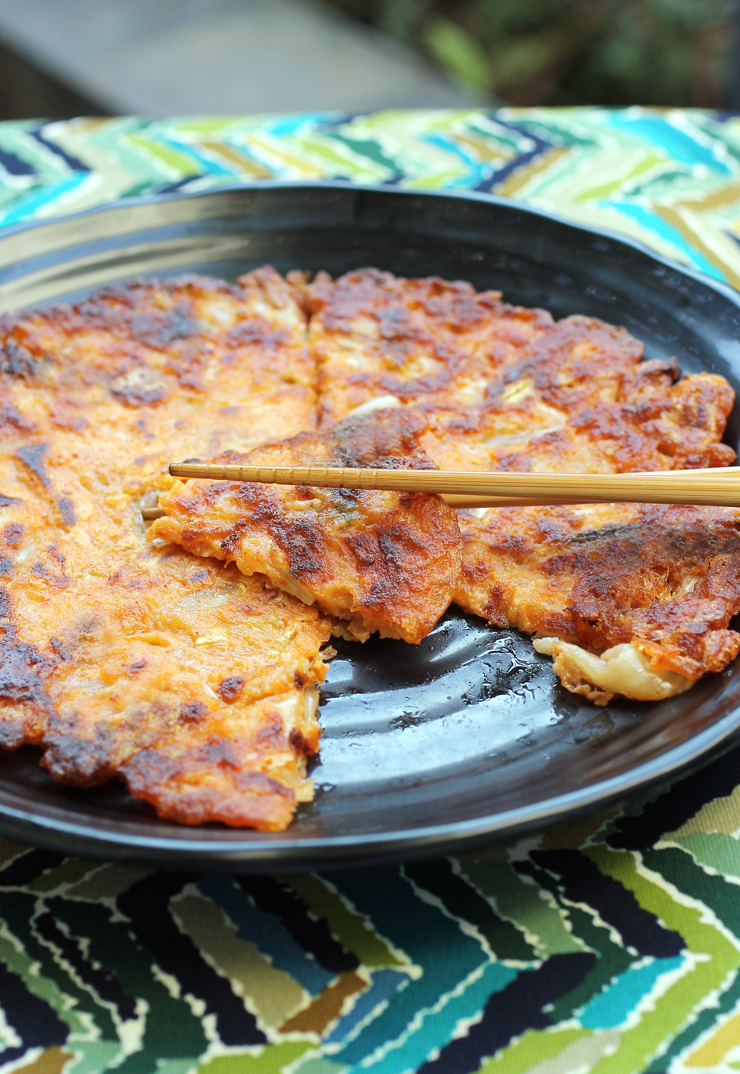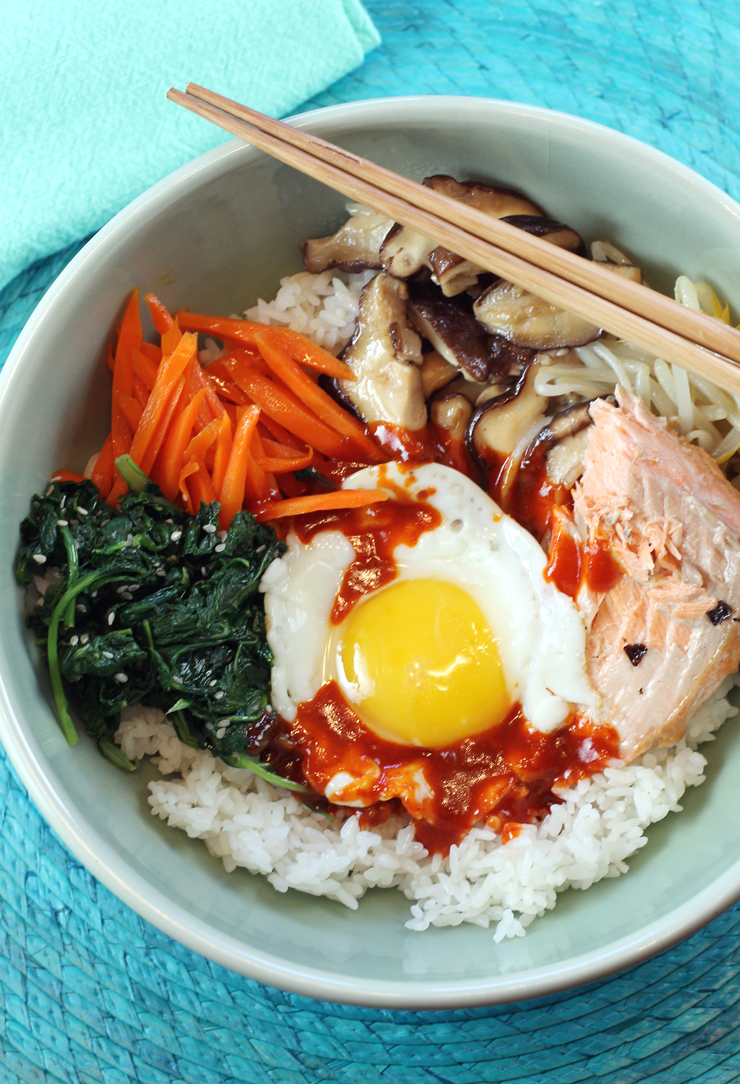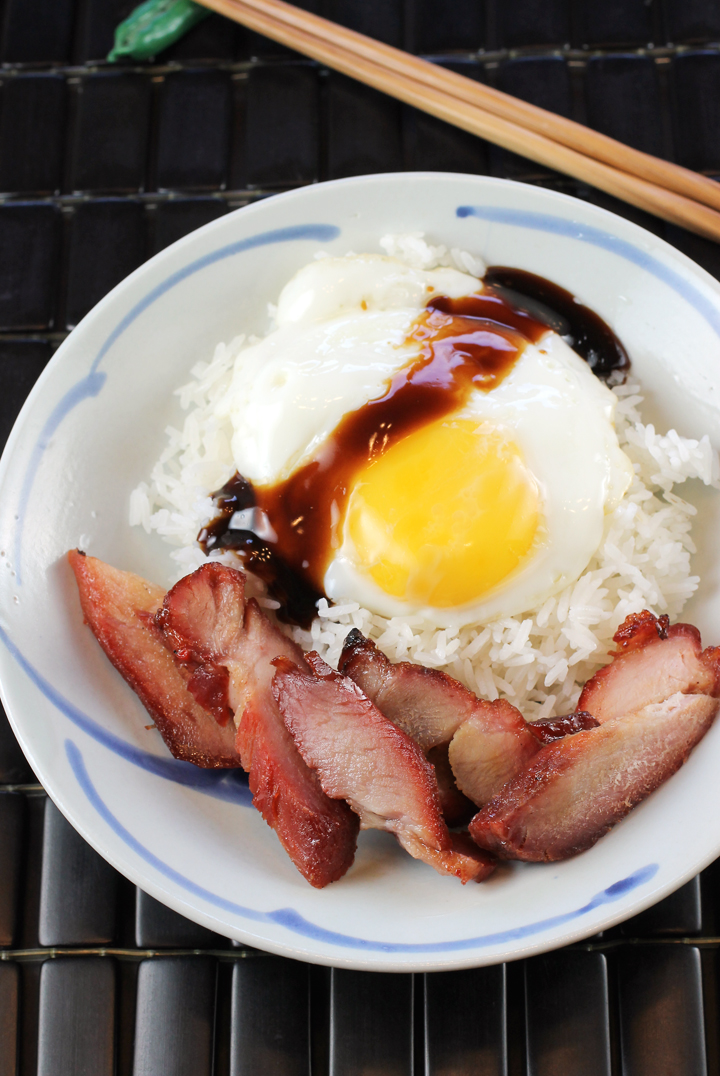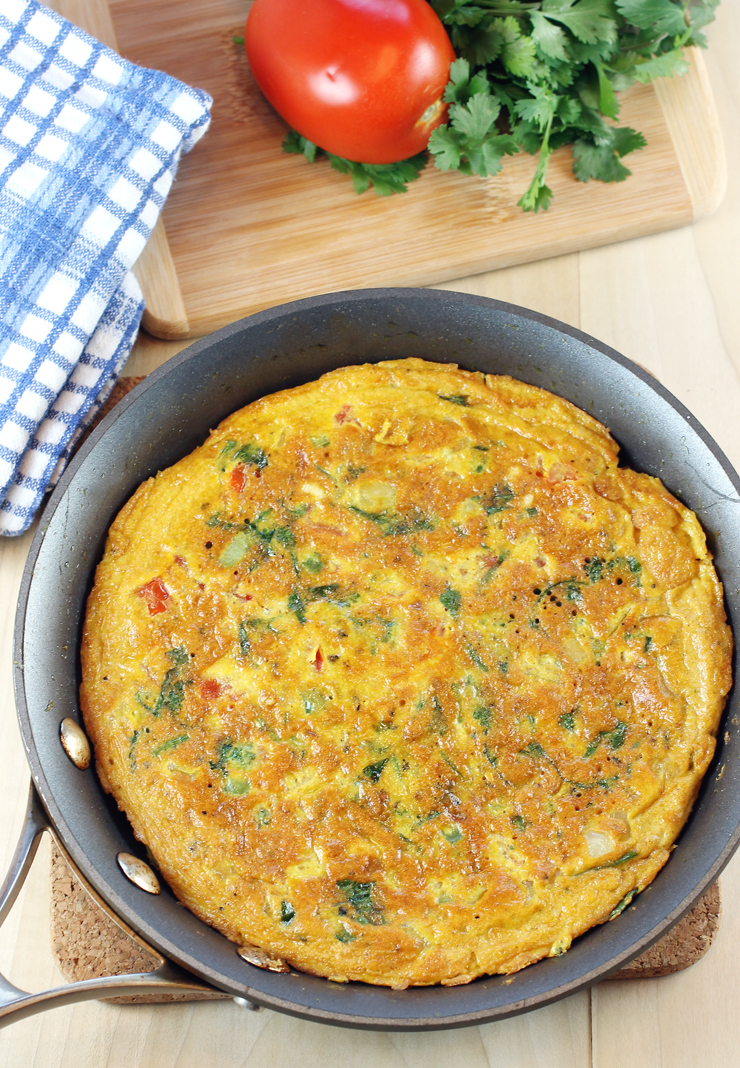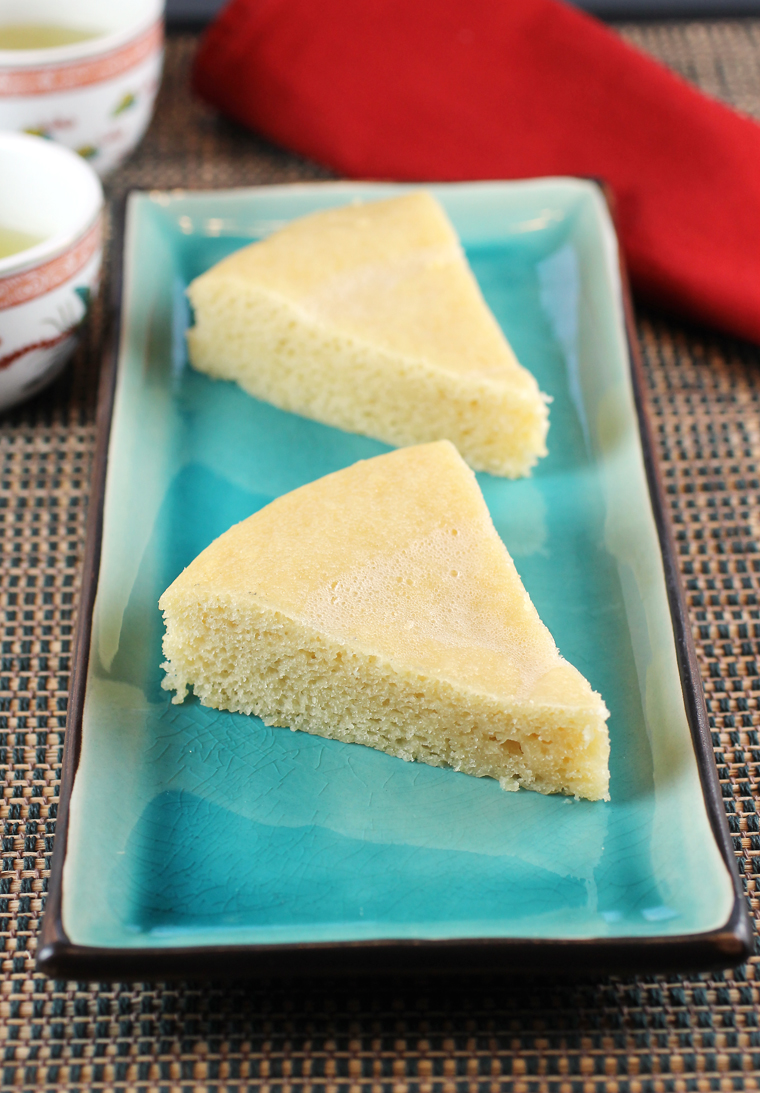
Simple and not-too sweet. A perfect pick-me-up with Chinese tea.
This cake is like the vanilla wafer of cookies.
Its appeal lies in its plainness, simplicity, and for me, its nostalgic taste.
Other kids may have grown up with snack cakes baked in a square or rectangular pan in the flavors of chocolate, vanilla or apple spice.
But I grew up eating this pale golden sponge cake that was steamed, and bought by my Mom at Chinatown bakeries. It usually came in tall squares or big wedges, its interior sporting tiny, airy bubbles. I could never resist squishing a corner of it between my fingers before taking a bite.
It was the polar opposite of a birthday cake. It was unadorned, plain-Jane, and hardly sweet at all. But unlike birthday cake, I didn’t have to wait for a special occasion to enjoy it, just a regular trip by my Mom to pick up other provisions in Chinatown. She brought it home in the familiar pink box tied with red twine that I tore into the moment she walked through the door.
I have eaten countless squares of that cake, yet I never knew it included a rather surprising ingredient: soy sauce.

That is, until I spotted a recipe for it in the new cookbook, “All Under Heaven” (Ten Speed Press and McSweeney’s), of which I received a review copy.
Read more

